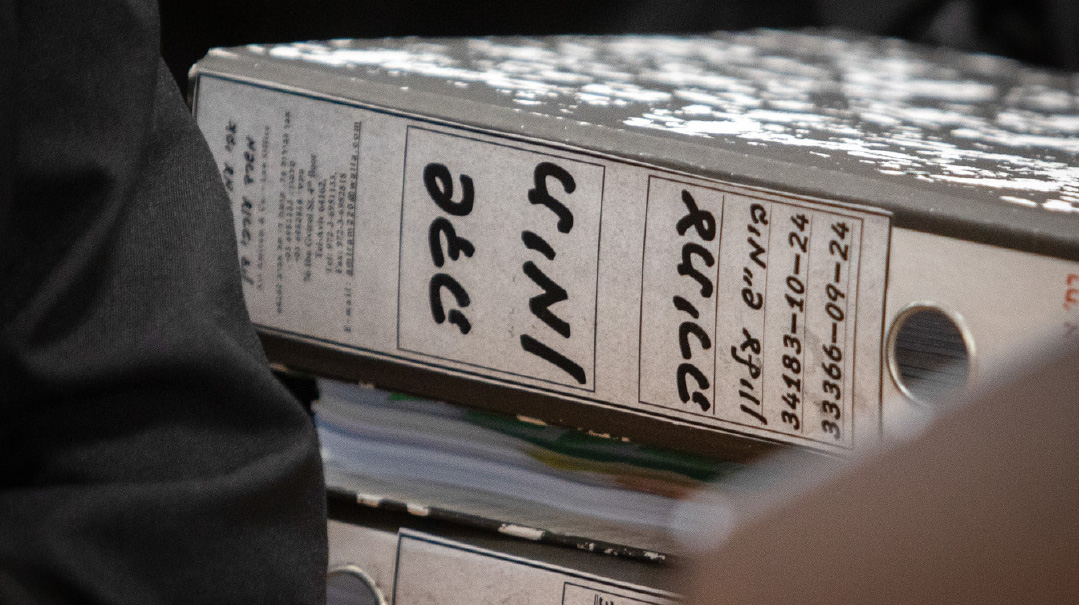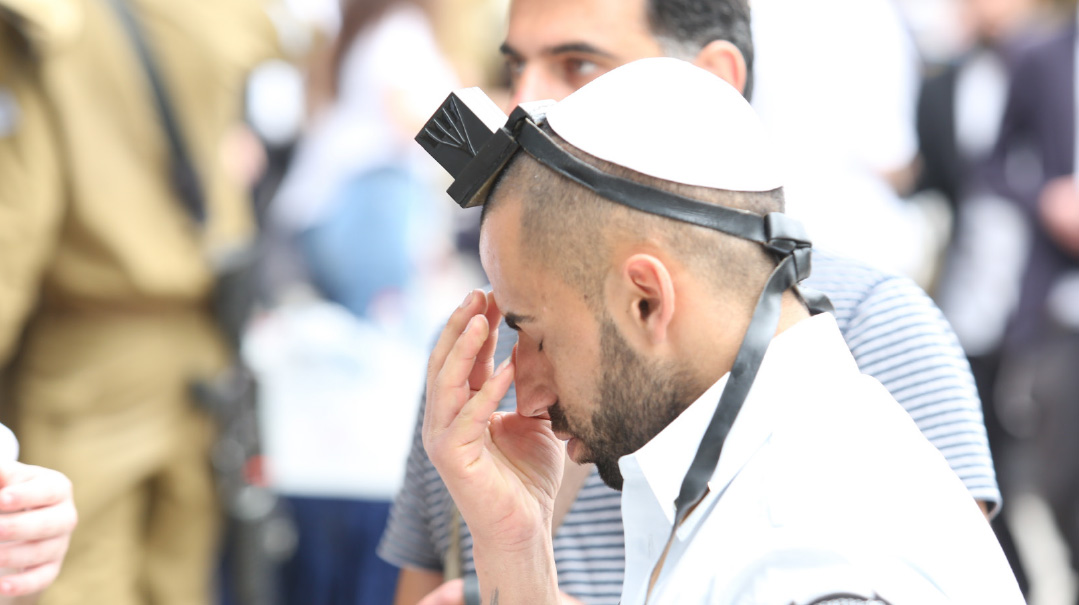Knowing What You Don’t Know


A
ll of us carry around a large stash of things we know. And an even larger stash of things we don’t know and know we don’t know. Few of us for instance are likely to spend much time discussing the implications of the General Theory of Relativity because we have only the dimmest conception of what it is even if we know that such a thing exists.
As long as we know that we don’t know something we are in relatively safe territory. The problems start when we do not know that we do not know. A recent case in point comes from the life of your humble scribe.
I have long known that the annual convention of AgudathIsraelofAmericatakes place on Thanksgiving weekend. Certainly that was the case every time I attended the convention in the past. My knowledge was not only based on experience but logic as well: It makes sense to hold the convention over a four-day weekend when people are off from their jobs.
So when I realized that the Thanksgiving date would allow me to attend the convention this year in Stamford Connecticut by merely extending by a few days a long-scheduled trip to speak in the Five Towns the preceding Shabbos I quickly called Agudath Israel to find out whether they would be interested in my singing for my supper. They were and found three slots for me including one on Leil Shabbos.
It never occurred to me to ask the date of the convention or to pay much attention to the materials they sent me once I knew the topics upon which I was supposed to wax wise. So it came as quite a shock when one of my sons called the evening before I was supposed to fly to America and informed me that I had a problem — i.e. the Agudah convention was scheduled for the Shabbos before Thanksgiving not that of Thanksgiving.
True a dear friend had earlier sent me an e-mail that he had seen an advertisement for my series of speeches inWoodmerethe coming Shabbos and expressing his opinion that such a lineup would be a “considerable FEAT even for you.” But I made no effort to find out that the feat he had in mind was not having secured a speaking slot in a particular shul but rather speaking inStamford Connecticut andWoodmereon the same Shabbos.
In the end it all worked out — more or less. I had a wonderful Shabbos inWoodmere made a few new friends and was still able to participate in two panels at the Agudah convention. While that involved traveling back and forth twice toStamford catching a remnant of theNew Englandfall — a season unknown to Israeli firs — brought back many happy memories and made the driving a pleasure.
IT TURNED OUT THAT the date is not the only thing that has changed at the Agudah convention in the years since I last attended. Modern technology has come to the Agudah. Every non-Shabbos session of the sold-out convention was live-streamed to an audience of thousands around the globe.
There was a distinctly younger feel to the convention than the last time I attended due to the major planning role of Shai Markowitz of Agudath Israel’s Lefkowitz Leadership Initiative ably assisted by a cohort of young askanim including Mishpacha’s own Yisroel Besser and Nechemia Hoch.
In addition to the perennial favorites such as Rabbi Paysach Krohn and Rabbi Yissocher Frand I experienced for the first time a group of younger speakers — some of them multiple times — about whom I had heard a great deal including Rabbi Shlomo Farhi from England and Rabbi Eytan Feiner. They far exceeded even my high expectations.
Rav Yosef Elefant of Mir Yerushalayim is a former neighbor and I have long been enamored of his shiurim on Rav Shlomo Wolbe’s Alei Shur but this was the first time I had heard him speak at an Agudah convention. (It was not his first visit and certainly will not be his last.)
The Thursday night question-and-answer session with Rav Elya Brudny Rosh Yeshivah Mirrer Yeshivah and his former talmid Rav Elefant was perhaps the highlight of the convention for me. I have never heard a gadol of Rav Brudny’s stature speak in a quite so down-to-earth fashion and I fully understand why his wisdom is in constant demand across North America. Watching the interplay between him and his former talmid — himself now a much sought-after source of guidance to thousands of his own talmidim —was fascinating. With bulldog tenacity Yisroel Besser pressed each question until satisfied that the person who had submitted the question had been fully understood and answered.
One thing has not changed however: the work of AgudathIsraelin the halls of government. Indeed that work only grows with a legion of full-time AgudathIsraelrepresentatives now involved at the state and regional level. After all the oratorical fireworks of the Motzaei Shabbos keynote session it was left to Agudah’s executive vice president Chaim Dovid Zwiebel to calmly but movingly sum up the impact of the work of Agudath Israel — and the various threats to that work.
The governmental work of AgudathIsraelbrings in sometimes alone and sometimes in tandem with others over $500 million annually. The challenge Agudah faces is that it has been doing this largely behind-the-scenes work for so long and so effectively that it is taken for granted.
As a community we have a responsibility to make sure that the full impact of what Agudah has achieved does not get fully appreciated for the first time only when it is no longer there.
Preventing Needless Deaths
Despite the fact that I was rushing to another shul what he told me was sufficiently important to stop and listen and to share with Mishpacha readers. It could be life-saving.
Dr. Rahmani’s practice group maintains 30 separate clinics and covers virtually all the ethnic groups of Brooklyn. And it is his firm impression that frum Jews are far less likely to utilize preventative testing for colon cancer than are other ethnic groups. The religious Jews he sees in Williamsburg and Boro Park he told me in a follow-up phone conversation are far more likely to come for examination only after the growth of the polyps in the gastro tract has become symptomatic usually in the form of rectal bleeding. At that point the polyps are usually enlarged or chas v’shalom cancerous.
Statistics about the utilization of preventative testing — i.e. a colonoscopy — by religious groups are hard to come by. For one thing there is often a reluctance to ask patients their religion or to keep statistics based on religion. And even in neighborhoods with high concentrations of religious Jews such as Williamsburgand BoroPark there is an admixture of other racial and ethnic groups. So neighborhood statistics on utilization are inadequate for determining that of frum Jews.
Nevertheless Dr. Rahmani estimates that among those in the age groups for whom periodic colonoscopies are recommended only about 40 percent of religious Jews inBrooklynare having the recommended colonoscopies versus 65 percent of the general population. That is tragic for several reasons.
First colon cancer is the second major killer after lung cancer in theUnited States. Second there is a higher incidence among Jews of diseases of the gastroenterological tract — e.g. ulcerative colitis Crohn’s disease — all of which create a predisposition to colon cancer. (Among blacks the incidence of colon cancer is even higher and earlier testing is recommended.)
Third and most important colon cancer is almost totally preventable with periodic testing and that testing is readily available.MaimonidesMedicalCenter for instance offers free testing and many insurance companies recognizing that prevention is far cheaper than any cure for colon cancer offer discounts for those who undergo periodic testing.
The current recommendation is for a colonoscopy once every ten years starting from age 50 (45 for blacks) and once every five years for those with a first-degree relative who had colon cancer or advanced polyps. (There are different opinions as to whether a grandparent constitutes a first-degree relative.) Unlike other forms of screening the colonoscopy is itself a full preventative since any polyps found are cut off during the procedure before they become cancerous.
I asked Dr. Rahmani why he thought the use of colonoscopies is lower in the frum community. He could not be sure. But he suggested that members of the black community for instance are inclined to follow their primary caretaker’s instructions. Religious Jews by contrast have a tendency to think that they understand more than everyone else even in those (rare) cases when they do not. And not knowing what they do not know — i.e. precisely how beneficial preventative screening for colon cancer is — can be fatal.
Oops! We could not locate your form.







